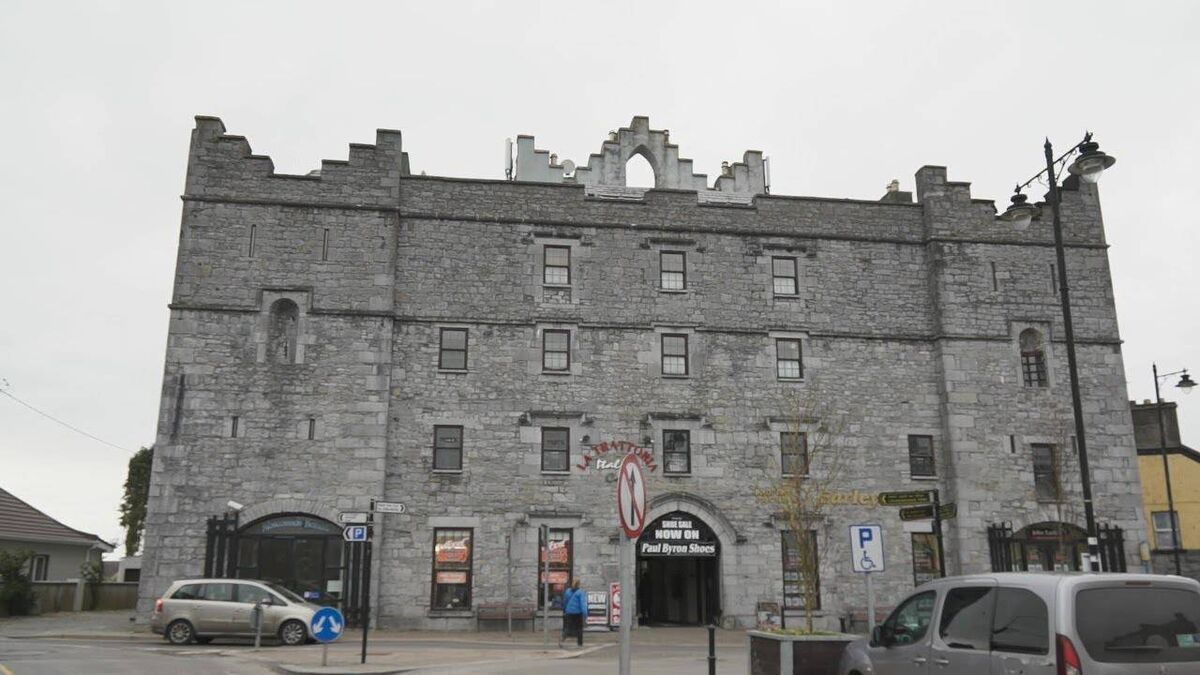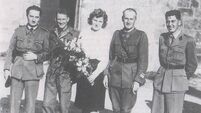Clodagh Finn: It’s important to recall Ireland’s female executioner

Lady Betty is portrayed by Sally Dexter in Declan Donnellan’s 1989 play. Picture: courtesy of Cheek by Jowl and Simon Annan
HISTORY HUB
If you are interested in this article then no doubt you will enjoy exploring the various history collections and content in our history hub. Check it out HERE and happy reading

On the day she was due to be put to death, no hangman could be found. Elizabeth Sugrue saved herself from the gallows by agreeing to step in and perform the gory task on her fellow condemned. And in the words of William Wilde, eye surgeon, writer, and father of the famous Oscar, “under the name of Lady Betty, [she] officiated, unmasked and undisguised, as hangwoman for a great number of years”.














